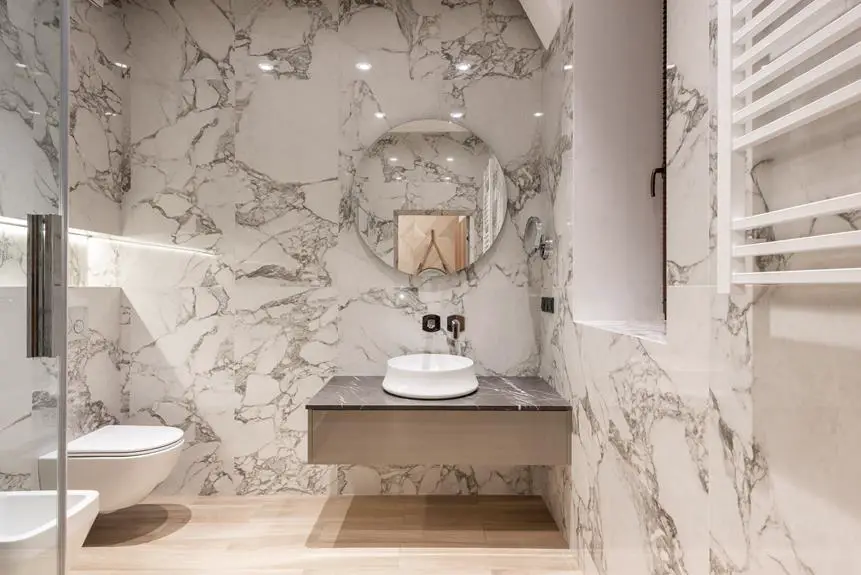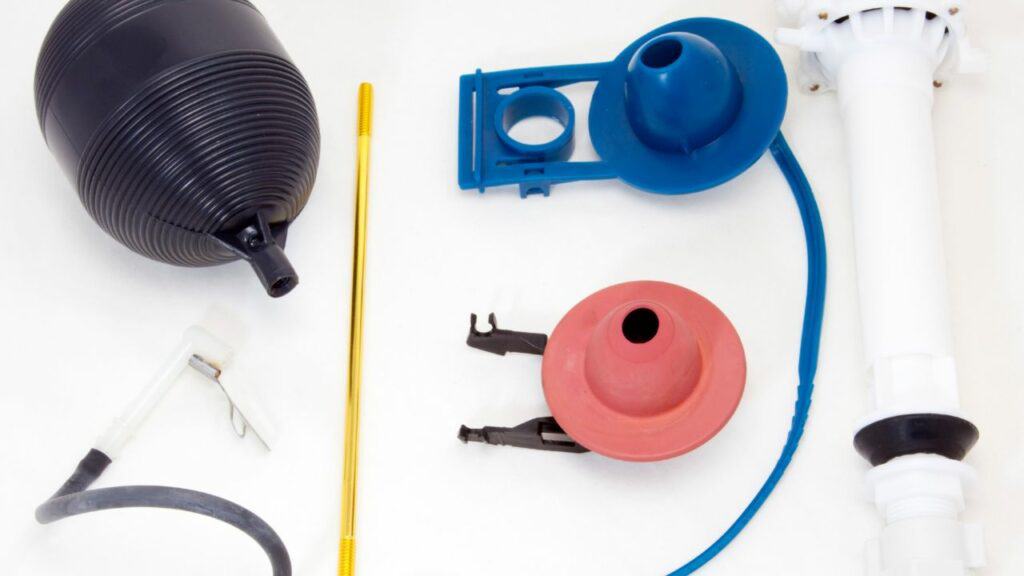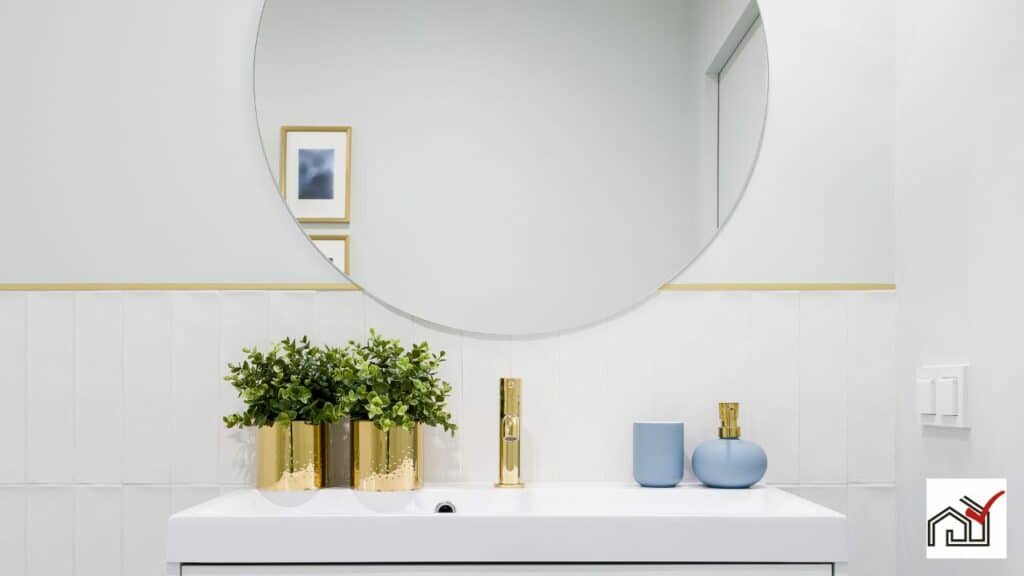The toilet flange should be installed on top of the finished floor, which includes tile, to ensure a secure seal and prevent leaks.
Proper installation is necessary to meet building codes and maintain bathroom integrity.
It is important to follow this guideline to avoid installation issues.
Understanding Toilet Flanges
The toilet flange is essential for attaching the toilet to the floor and connecting it to the drainpipe. It must be installed on top of the finished floor for a secure fit. A proper installation ensures a tight seal to prevent leaks and water damage to the bathroom.
If not installed flush with the floor, gaps can occur, leading to leaks and potential mold growth. An unstable toilet may also move, breaking the seal or damaging the floor. Thus, proper toilet flange installation is critical.
Tile Installation Basics
Tile installation requires proper toilet flange placement on finished flooring for stability and a waterproof seal.
Begin with a clean, level subfloor, using a backer board for a water-resistant base. Lay tiles with spacers for evenness.
The toilet flange must be flush with the tile's top, ensuring correct height for the toilet's exit horn and sealing surface. An improperly positioned flange can lead to leaks.
Correct flange placement also evenly distributes toilet weight, preventing tile damage and ensuring long-term stability.
Benefits of Top-Mounted Flanges
Top-mounted toilet flanges provide stability and a leak-proof seal. They evenly distribute the toilet's weight, reducing the risk of tile damage.
The correct flange height is essential for a secure wax ring seal, preventing leaks and sewer gas escape. Professional plumbers recommend installing the flange on the finished floor for better durability and easier maintenance.
Potential Drawbacks and Risks
Top-mounted toilet flanges can be advantageous for installation but carry the risk of tile damage. Careful removal of the old flange is needed to prevent tile harm. The weight of the toilet may cause tile cracking if not well-supported.
Over-tightening flange nuts can crack tiles and cause leaks, while under-tightening can lead to a wobbly toilet and also damage tiles. The stability of the tile installation affects flange placement; unstable tiles may require additional support to prevent cracks, complicating installation.
Assessing tile stability and using proper techniques is essential for the durability of the tile and plumbing.
Building Code Considerations
Building codes require that a toilet flange be installed on top of the finished floor, including the tile, for a secure connection and to prevent leaks. This correct placement ensures the toilet aligns properly with the drainage system and the seal is adequately compressed to block leaks and odors. Properly installing the toilet flange is essential for the plumbing system's longevity and hygiene.
Placing the flange on the backer board or subfloor can violate building codes, lead to tile damage, and result in expensive repairs. The flange must be anchored to the floor and, when installed on the tile, it typically meets building code standards.
Following building codes for toilet flange installation is mandatory to ensure a stable toilet, an effective seal, and adherence to safety regulations that protect homeowners and preserve plumbing quality.
Professional Vs. DIY Installation
When installing a toilet flange, homeowners must decide between hiring a professional or doing it themselves. A professional installation guarantees correct alignment and stability of the flange, which is important for a tight seal. Professionals have the experience to ensure the floor is stable and can properly fit the flange with the tiling, reducing the risk of leaks or tile damage.
A DIY installation can save money if the homeowner has the right skills. It requires careful attention to secure the flange correctly. Inexperienced individuals may struggle with uneven floors, possibly requiring shims or an extension for proper leveling.
Seeking advice from a professional, especially one with expertise in both tiling and plumbing, is beneficial. They can help determine if DIY is suitable or if the installation's complexity justifies hiring a professional. The decision depends on the homeowner's confidence, the job's difficulty, and the potential for cost savings.
The installation must be done carefully, regardless of the method. An improperly installed toilet flange can cause an unstable toilet or water leaks, leading to significant damage over time. It is critical to carefully choose the right installation method for a toilet flange on tile.
Long-Term Maintenance Insights
For long-term maintenance, it is essential to regularly inspect a toilet flange that is installed above the tile to avoid leaks. The flange must be at the correct height to ensure the wax ring can seal properly, preventing water from leaking at the toilet base. Regular inspections can prevent expensive water damage repairs.
Check the toilet flange frequently, especially in bathrooms with high usage. Look for moisture or a wobbly toilet, which may signal a failing seal or flange. If replacing the wax ring, verify that the flange is at the right height for an effective seal.
If the flange is too low, use flange extensions to achieve the proper elevation. This is important for the toilet's stability and the floor tiles' integrity. The correct flange height helps maintain a secure toilet and evenly distributes weight, reducing the risk of tile damage.
Proper flange maintenance is vital for the longevity of the toilet and floor, and it helps keep the bathroom functional and visually appealing. It also prevents water damage around the toilet area, ensuring a clean and dry environment.
Common Installation Mistakes
A common mistake during toilet installation is failing to set the flange at the correct height above the finished floor. This can lead to a gap under the toilet, risking leaks and floor damage.
Another error is mounting the flange on the backer board instead of the finished tile, which may result in a wobbly toilet and possible tile damage. The correct method is to install the flange on top of the tile for a secure base.
When securing the flange with nuts, over-tightening can crack the tile. This not only looks bad but is also expensive to fix.




